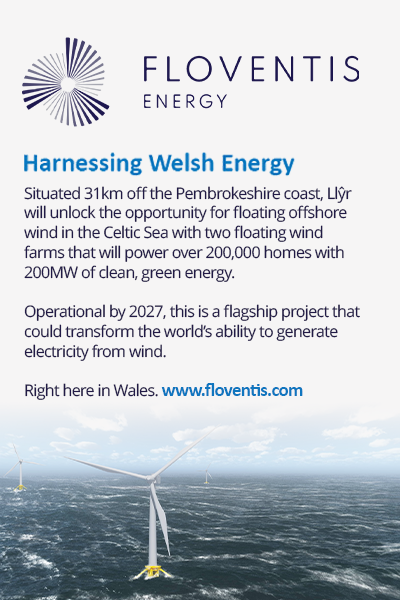
Specialists in hydrogen research at the University of South Wales (USW) are involved in a project which could help to greatly improve the efficiency of systems producing the gas.
Working alongside experts at HyWaves, a Cranfield University-based research company, scientists at USW’s Hydrogen Centre in Baglan, near Swansea, are supporting the development of a system which can increase efficiency and improve cost effectiveness of the production of green hydrogen.
Green hydrogen is produced by using electricity from renewable energy sources to power an electrolyser, which splits water into hydrogen and oxygen. The connection between the renewable energy source and the electrolyser typically involves power electronics that manage the conversion and transmission of electrical power.
Currently this can lose around 10% of their input electricity through the conversion and transmission of electrical power, resulting in reduced efficiency of the overall process. The team at HyWaves has, however, developed a new process which can cut these losses to below 1%
Dr Stephen Carr, who’s a Research Fellow at USW, said:
“Hydrogen can be produced by connecting solar panels to an electrolyser, which uses the electricity produced by the panels to split oxygen into water and carbon-free hydrogen. This can then be used in a number of ways, including to power hydrogen vehicles.
“At the Hydrogen Centre we focus on research into the development of renewable hydrogen production and storage, with further research looking at the development of hydrogen vehicles, fuel cell applications, and overall hydrogen energy systems.
“We have extensive expertise in developing both academic and industry partnerships, including as part of the South Wales Industrial Cluster and Net Zero Industry Wales, and have the facilities to produce and then to store hydrogen, so have the perfect capability for HyWaves to test its development.”
Dr Thomas Delaney, CEO of HyWaves, explained how the system works.
‘HyWaves delivers the direct current (DC) from the photovoltaic (PV) solar panels to electrolyser without requiring intermediate power conversion steps found in current facilities.
“HyWaves’ switching approach is highly efficient, with up to 99.5% of the PV energy transferred to hydrogen production, yielding a higher production volume from a given site, driving down the levelised cost of hydrogen (LCOH) along with removing the need for expensive power electronics.
“Having developed and tested at a smaller scale, a larger solar to hydrogen facility is being set up at the USW’s Hydrogen Centre thanks in part to the funding of £386,000 from Innovate UK as part of the South West Wales Net Zero Launchpad programme.
“Working with USW has been very good. It’s been really easy to get things approved and underway.”





